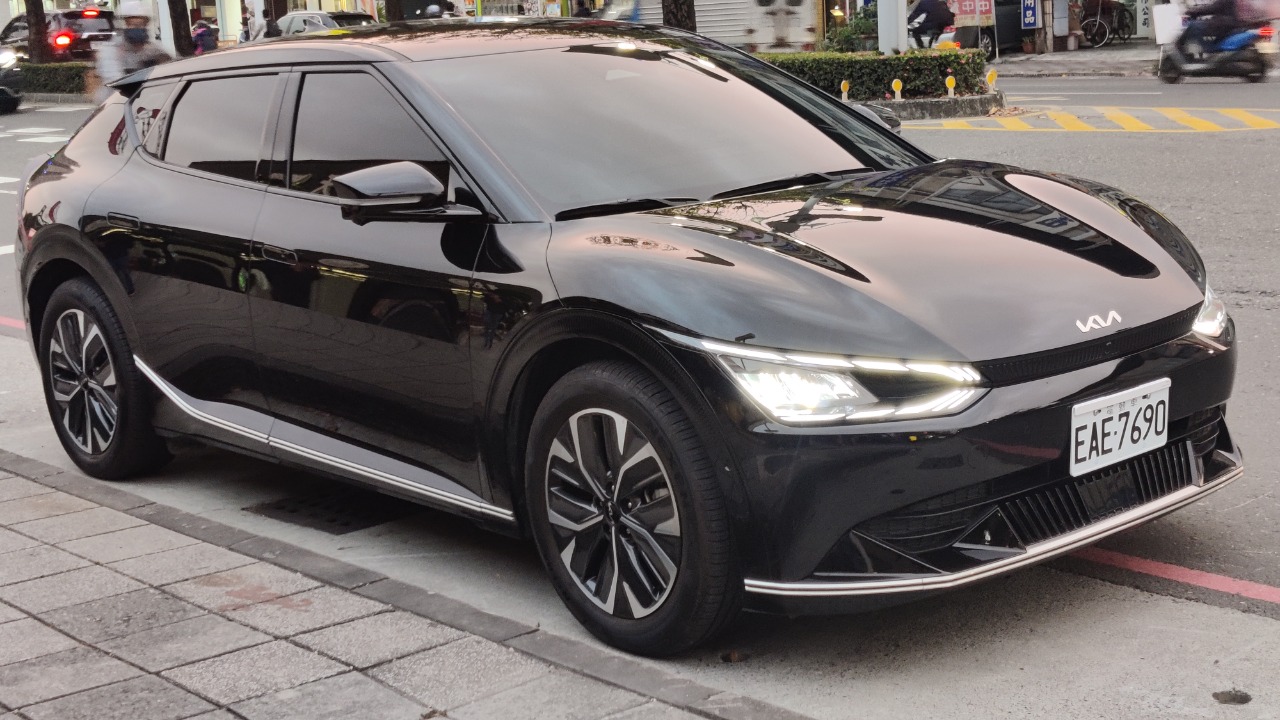
In a recent study, the Kia EV6 has emerged as the electric vehicle (EV) model with the slowest battery degradation rates, surpassing Tesla and other major brands in long-term capacity retention. This revelation, reported on October 26, 2025, challenges the prevailing notion that Tesla is the undisputed leader in battery longevity. The study underscores the effectiveness of Kia’s engineering strategies in minimizing degradation over thousands of miles.
Understanding Battery Degradation
Battery degradation refers to the gradual loss of capacity in EV lithium-ion batteries due to chemical and thermal stresses over time and usage cycles. Key metrics such as the state of health (SoH) percentage retained after a certain mileage or years are used to measure this degradation. For instance, typical degradation rates across the industry average 1-2% per year.
Such degradation can significantly impact the range, charging speed, and overall lifespan of an EV. Recent evaluations have employed real-world testing methodologies to assess these impacts, providing valuable insights into the performance of different EV models over time.
Tesla’s Reputation in Battery Longevity
Tesla has historically claimed low degradation rates for its EV models. For example, the Model 3 and Model Y have been reported to retain over 90% capacity after 100,000 miles in many cases. Data from Tesla’s own reports show average degradation around 10-12% after 200,000 miles for these popular models.
However, Tesla’s real-world performance has shown some limitations. Higher degradation rates have been observed in hot climates or with frequent fast charging, indicating that environmental factors and usage patterns can significantly influence battery longevity.
Kia EV6’s Exceptional Degradation Performance
Findings reported on October 26, 2025, reveal that the Kia EV6 demonstrates less than 5% capacity loss after 50,000 miles in controlled tests. This superior retention rate is attributed to the EV6’s battery chemistry and cooling systems, which outperform those of its competitors.
Owner-reported data further confirms the EV6’s exceptional performance, with the SoH often remaining above 95% even after two years of daily use. This real-world evidence underscores the EV6’s robustness and reliability in terms of battery longevity.
Factors Behind Kia’s Battery Success
Kia’s success in minimizing battery degradation can be attributed to several factors. The company employs advanced battery management systems (BMS) that optimize charging and discharging processes to reduce wear. The EV6’s 77.4 kWh battery pack design, which incorporates efficient thermal regulation, also contributes to consistent performance.
Moreover, Kia’s manufacturing partnerships, such as with SK Innovation, ensure the use of high-quality cells that are resistant to degradation. These strategic collaborations play a crucial role in enhancing the durability and longevity of Kia’s EV batteries.
Comparisons with Other EV Brands
When compared to other EV brands, the Kia EV6’s battery degradation performance stands out. Hyundai’s Ioniq 5, for instance, shows similar but slightly higher degradation rates of around 6-7% after equivalent mileage. In contrast, data from the Ford Mustang Mach-E indicates an 8-10% loss under comparable conditions.
The Nissan Leaf, on the other hand, has a higher degradation profile, often exceeding 15% after 50,000 miles. This comparison clearly illustrates Kia’s competitive edge in the EV segment in terms of battery longevity.
Implications for Future EV Development
The impressive results achieved by Kia could potentially influence industry standards for battery warranties. There may be a push for longer coverage, such as 10 years/150,000 miles, with guarantees of minimal degradation. This would be a significant step forward in ensuring consumer confidence in the durability of EVs.
Slower degradation also has environmental benefits, as it reduces the need for frequent battery replacements and consequently, the generation of electronic waste. Furthermore, these results could shift consumer preferences towards brands like Kia that prioritize durability in their marketing and R&D investments, potentially reshaping the future landscape of the EV market.
More from MorningOverview